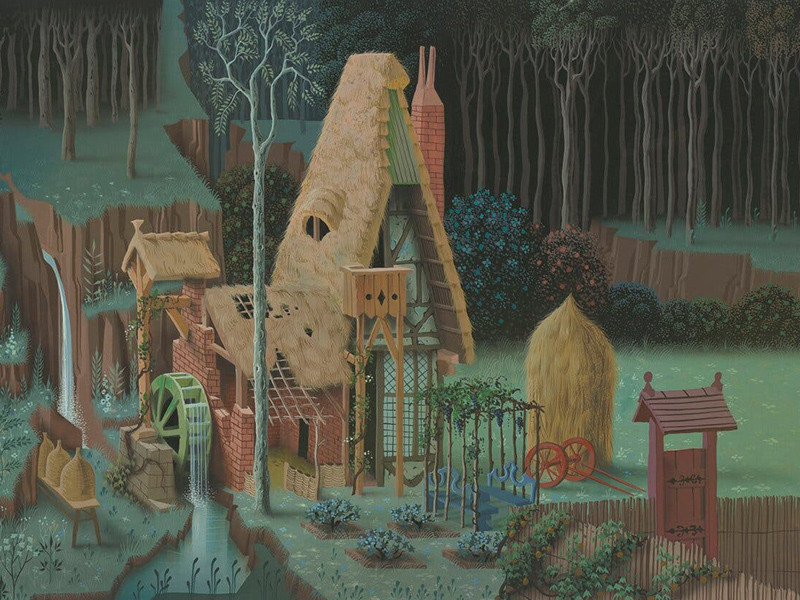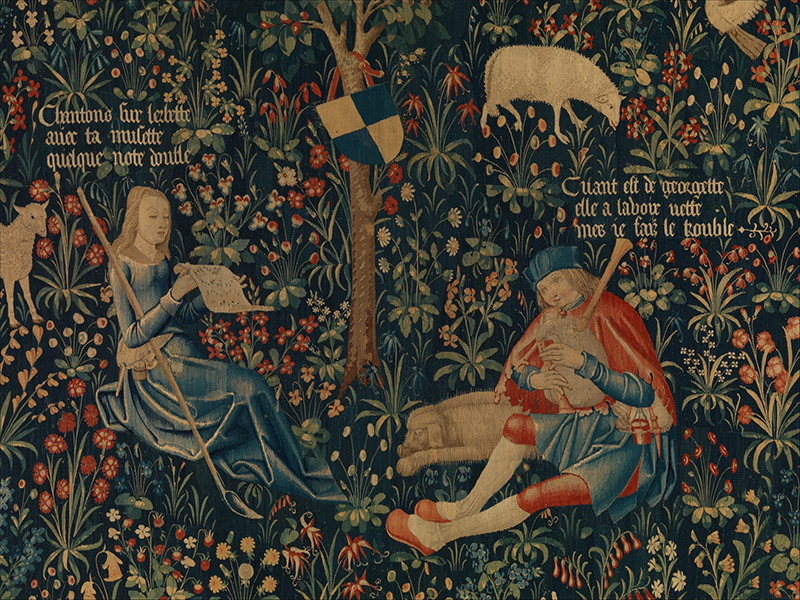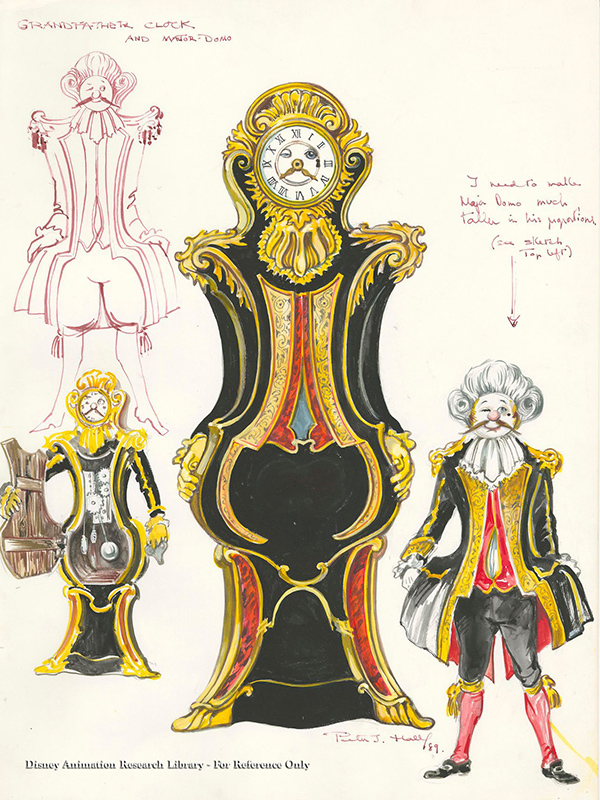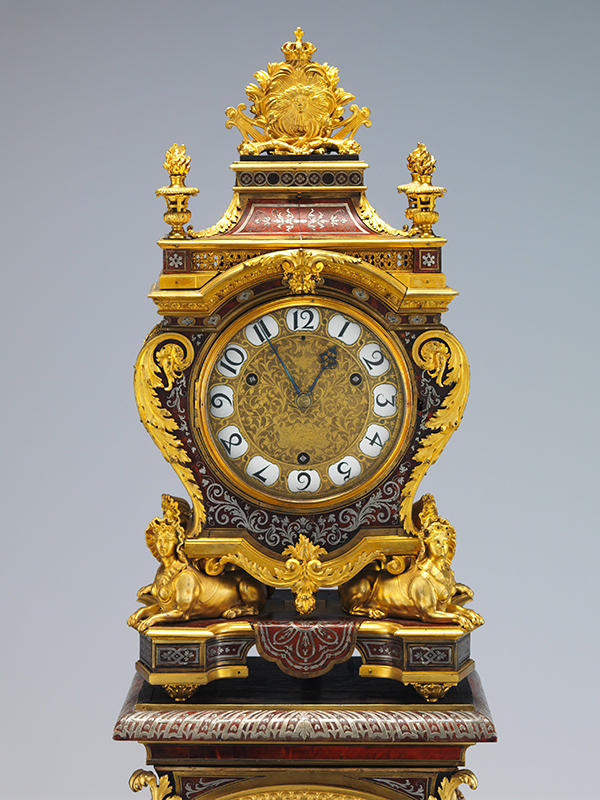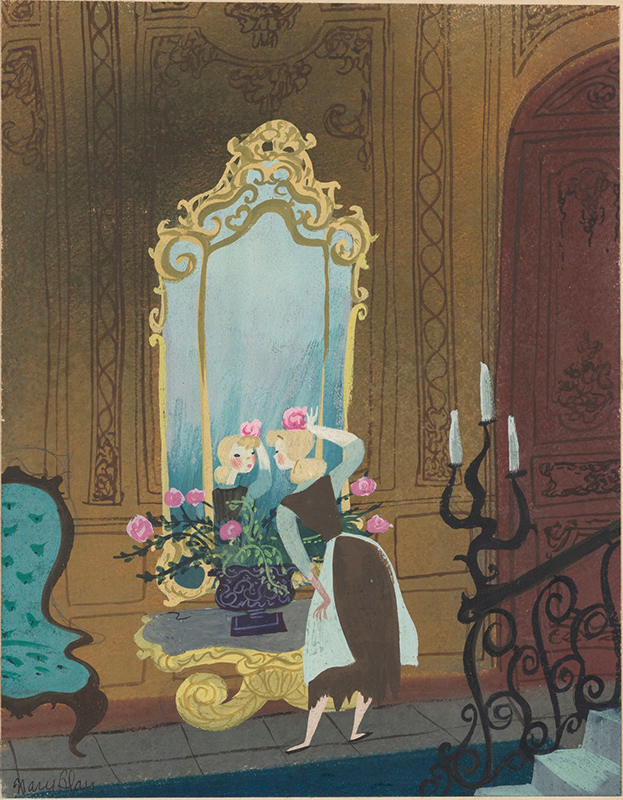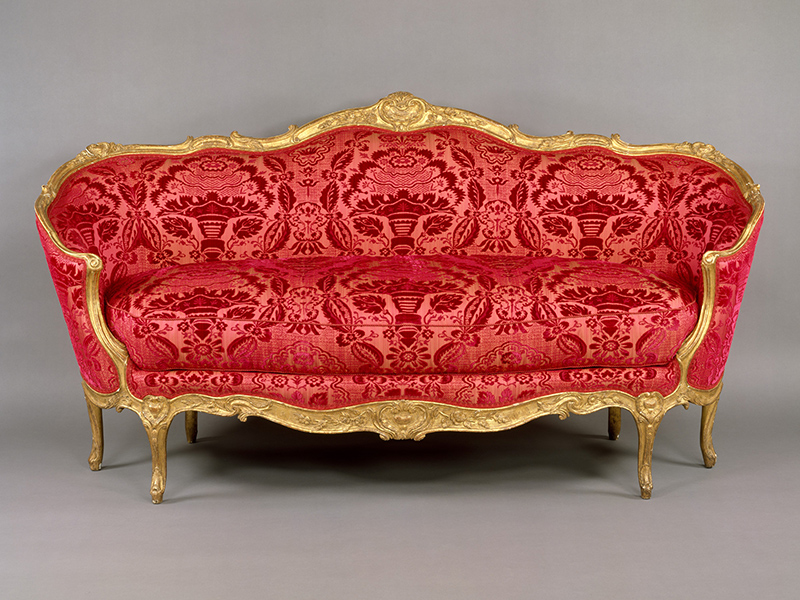It’s Disney, and It Is Worth a Visit: The Animation of French Decorative Arts on Display at The Met
by Juliana Fagua Arias
In 2003, Bogota’s Museum of Modern Art (MamBo) faced controversy over Barbies Collection, an exhibition curated by none other than the museum’s marketing department. Barbie and My Scene posters adorned the pinkish walls of a gallery that displayed a selection of 90 dolls dressed by Latin American designers. Mainly directed at children, the exhibition was admittedly a desperate strategy to supplement the museum’s struggling budget. I would not dare to compare the MamBo’s Barbies Collection with The Metropolitan Museum of Art’s Inspiring Walt Disney: The Animation of French Decorative Arts. For one, the latter was created by an actual curator, Wolf Burchard, who also oversaw the completion of the British decorative arts galleries in 2020. However, the controversy aroused by Inspiring Walt Disney has certainly reminded me that museums constantly straddle the limits between spectacle and pedagogy, between leisure and education. As much as contemporary museums owe to the refined cabinets of curiosities of centuries past, they also borrow from the lively pageantry of 19th-century international fairs and expositions. Inspiring Walt Disney struggles with captivating both a family and a scholarly audience but is largely successful for the effort.
Two parallel storylines intertwine in this exhibition, that of Disney animation throughout the 20th century—from Snow White to The Beauty and the Beast—and that of the French decorative arts of the 18th century, with some allusions to Medieval and Germanic interiors. Apparently, Disney films and French decorative arts—the former made for an international audience and the latter for a small European elite—overlap when it comes to inspiration, craftsmanship, workshop practices, humor, and technological advances. These ideas are woven throughout the exhibition and tie these two seemingly disparate areas together.
For instance, Medieval tapestries and books of hours share a gallery with Sleeping Beauty’s concept drawings (figures 1 and 2) to illustrate how historic objects and interiors often stimulated the imagination of Disney animators. Objects Come to Life, a section devoted to the whimsical supporting cast of The Beauty and the Beast, elucidates how the flamboyant and sinuous curves of Juste Aurèle Meissonier’s gilded candlesticks inspired the extravagant and romantic personality of Lumiere; the French rococo palette of pinks, golds, and whites and the humanoid teapots of Meissen manufactory informed the concept art of Mrs. Potts; and the magnificent clocks created during the reign of Louis XIV, such as André Charles Boullere’s masterpiece, inspired the tightly wound Cogsworth (figures 3 and 4).
Artistry, craftsmanship, and intensive labor also connects 20th-century animation to 18th-century decorative arts. The exhibition dives deep into the process of animation, showcasing the film cells, mock-ups, and unfinished sketches of Disney’s most beloved scenes and characters. Female Disney animators such as Bianca Majolie, Grace Huntington, and Mary Blair (figure 5), receive the recognition they deserve in this Disney homage. The studio workforce was initially divided on gender lines, with men in charge of story, animation, and special effects, and women executed the exhaustive and tedious task of retracing each drawing on a transparent sheet of celluloid and coloring the voids with gouache. This division of labor is reminiscent of the workforce of the 19th-century English Majolica workshops, where women took over the dangerous and demanding task of lead painting. Fortunately, at the Disney studios women entered the creative realm as early as the 1930s and 40s.
Despite this necessary examination of gender roles at Disney Studios, the fantastical scenery of the exhibition comes at the expense of other important topics that were hinted at but were deserving of more thorough discussion. For instance, we learn that in keeping with the 18th century French inspiration of Beauty and the Beast, the infamous character of Gaston was initially conceived as a snobbish dandy dressed in aristocratic garb and a powdered wig. However, due to the fear that this fashion would undermine Gaston’s masculinity, the studio decided to turn this character into a hunter instead. On the other hand, the segment dedicated to the celebrated musical number Be Our Guest, apparently inspired by the opulent dinner parties of aristocratic Europe, briefly mentions that palace servants were meant to be invisible, except when, for these occasions, they were dressed in rich liveries and turned into entertainment along with the porcelain services, food, wine, and music. Exploring these gender and class dissonances a bit more would have certainly made for a meatier dish.
Everything considered, although the Disney machine pervades the exhibition—with movie scores playing in the background, objects set on rotating platforms, and a Beauty and the Beast clip on loop on a 4-by-8-foot screen—I can’t say it bothered me as much as it tickled my imagination. Plus, despite being outnumbered by more than two to one by Disney objets d’art, the superb examples of Meissen and Sèvres porcelain, Rococo clocks and candlesticks, and the splendid ottoman sofa by Jean-Baptiste I Tilliard (figure 6), among other exquisite decorative arts, more than hold their own in this set up of fantastic escapism.
Juliana Fagua Arias is a contributing writer for the Decorative Arts Trust Bulletin.
About The Decorative Arts Trust Bulletin
Formerly known as the "blog,” the Bulletin features new research and scholarship, travelogues, book reviews, and museum and gallery exhibitions. The Bulletin complements The Magazine of the Decorative Arts Trust, our biannual members publication.








